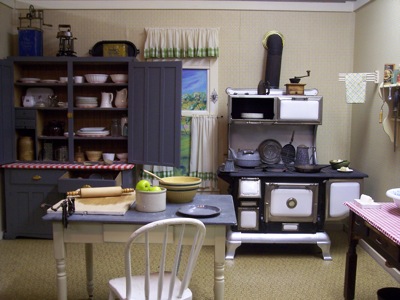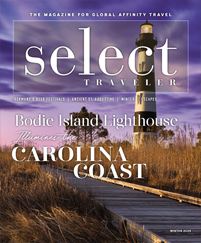
Kansas wasn’t always in the middle of America. In the mid-1800s, this territory was as wild as the Wild West could get.
A lot has changed since the days when American Indians, pioneers and cattle hands called Kansas home. Although the state now sits squarely in the center of the country, its Western heritage hasn’t faded away. Museums, living-history sites and other historic institutions help to preserve Kansas’ pioneer legacy.
Traveling Kansas from east to west, groups will find numerous attractions that give them a taste of frontier life in the area. Wichita’s Old Cowtown Museum and Boot Hill Museum in Dodge City help to re-create the wild era of westward expansion in Kansas; other sites, such as the Santa Fe Trail Center, the Coronado Quivira Museum and the Dickinson County Heritage Center, present supporting stories of the area’s American Indian populations, pioneer trails and early European settlers.
Old Cowtown Museum
Wichita
Kansas has long been a major producer of beef cattle, and during the middle of the 19th century, the railroad helped young Wichita become a boomtown for cattle ranchers. Today, Old Cowtown Museum re-creates the city’s streets during its Old West heyday.
“Cowtown is 60 years old, one of the oldest living-history museums in the Midwest,” said director of marketing Angela Cato. “It really focuses on giving visitors an experience of Wichita in the 1870s.
“We have a mix of 70 historic buildings and re-created buildings on site. We give hands-on and real-life experience through the costumed interpreters that stroll the grounds.”
Visitors can explore structures such as an early settler’s cabin, an 1874 middle-class home and an 1870s Presbyterian church. Re-created buildings include a saloon, a drugstore with artifacts from a dentist’s office upstairs, and other offices and businesses of the period. A working farm at the museum features a period farmhouse and livestock such as horses and cattle.
Along the way, interactions with costumed interpreters make the experience memorable.
“They stroll the grounds in dresses, bonnets and aprons, and they really portray how people acted,” Cato said. “They’re great in character, and they’re so knowledgeable about the time period.”
Dickinson County Heritage Center
Abilene
Before Wichita became a cow town, Abilene was the center of Kansas’ cattle trade. The Dickinson County Heritage Center helps give visitors an understanding of life in this tumultuous period of local history.
“It got to be a pretty wild town, so they hired Wild Bill Hickok as a marshal,” said museum director Jeff Sheets. “He kept the peace in Abilene through fear of his guns. We tell the beginning of that story here in our museum.”
Visitors to the museum can see a pistol that belonged to Hickok while he was a marshal in Abilene, as well as a mounted buffalo head that was a gift to President Dwight Eisenhower. Several outbuildings at the site, including a pioneer cabin, a barn and a storehouse, date to early settlement of the area.
In addition to Western artifacts, the museum showcases an 1885 pump fire wagon, a 1901 C.W. Parker carousel and a 1925 Model T Ford.
A second facility, the Museum of Independent Telephony, deals with the history of the Brown Telephone Company, which eventually became the corporation we know today as Sprint.
www.heritagecenterdk.com
Santa Fe Trail Center
Larned
One of the most important factors in the early settlement of Kansas was the Santa Fe Trail, which led settlers from Missouri to what is now New Mexico. The Santa Fe Trail Center tells the story of that pilgrimage.
“Our exhibits show the trail as a transportation route, which blended American Indian, Spanish, Mexican and Anglo cultures,” said director Ruth Olson Peters. “We focus on the commercial aspect of the trail rather than the military. We’re telling the transportation and the commercial freighting side of the trail.”
Displays at the center deal with the various eras of the Santa Fe Trail. Prehistoric Indian artifacts shed some light on the people who lived in the area before European settlement, and a railroad exhibit details the changes that came with mass transport to the area.
The exhibits also deal with the various ethnic groups that met on the trail; visitors will see a re-created Wichita Indian grass lodge, a historic Mexican ox cart, a Santa Fe Railroad depot and an African-American church.
“We have six buildings on our museum grounds that continue with the settlement story,” Peters said. “We have a reproduced sod house and a dugout home. We have an original one-room schoolhouse and a limestone cooling house that was used for refrigeration.”









